Fomorian Navy
The Fomorian Navy collectively makes up the military arm of the Fomorian Empire. Formed during the The Solstice Pact, the Navy has brought many stunning victories (as well as crippling defeats) to the Empire since its formation.
While at the beginning of the Great War, Elves were still the predominant force in space, but the Fomorians were, now, a power in their own right, and one that had to be reckoned with. By the time of the Second Interstellar War (IW2), the Navy was truly a force behind politics in Known Space.
While at the beginning of the Great War, Elves were still the predominant force in space, but the Fomorians were, now, a power in their own right, and one that had to be reckoned with. By the time of the Second Interstellar War (IW2), the Navy was truly a force behind politics in Known Space.
Structure
The Fomorian Navy, and indeed the entire Fomorian Empire are a strange mix of tribal superstition and tradition and Napoleonic military discipline, where their structure is very much modern, industrial framework with a clannish, tribal skin.
It is difficult for an outsider to separate The Clannish High Council, headed by the High Chief | ᛎᚨᛒᚢ'ᚲᚨᛨ | zabû'karr from the utilitarian Iron Champion | ᛏᚫᚲ'ᛞᚨᛨᚨᚲ | Tâk'Darrak and The War Council, though to an Orc, it makes perfect sense.
An Orc would never separate them, as they are not separate entities. The War Council has no authority over the affairs of state, and the High Council lacks authority over the matters of combat and war, though each has an influence on the other. An Empire doesn't flourish without a military to defend it, and a military serves no purpose without homes to defend (or avenge). The War Council is not a divergent organisation of the High Council, but rather a sub-organisation within the High Council. Members of the War Council, and the Tak'Darrak, still vote on issues of state, and the "Chief's Council", we'll call it, still voices an opinion when it comes to affairs of honour and war, but it would be almost unheard of for a Clan Champion | ᛏᚫᚦ'ᛞᚨᛨᚨᚲ | tâth'darrak, on the War Council, to vote against his Clan's interests as seen by his Clan Lord | ᛏᚫᚦ'ᚲᚨᚫᛨ | tâth'kaârr, or for a Clan Lord on the Chief's Council to second guess his Clan Champion on matters of War and Conquest.
To say it is almost unheard of, does not mean it doesn't happen, only that it is seen as monumentous when it does happen and each Clan Leader swears this is the first time they've seen it in their time on the Council, though they forgot about the Doomspear Clan Champion solidly smacking his Lord upside the head last year or when Dorin and Olaf Bloodfist damn near came to blows the year before that.
Another thing that outsiders, especially elves, misconstrue about the Fomorian Power Structure is the physicality of Fomorian Politics; Fomorians, especially Balorians, are prone to fight it out. Though these duels are rarely "to the death", accidents have occured that have left two clans feuding for generations.
At the top of the Fomorian Power Structure is the High Chief | ᛎᚨᛒᚢ'ᚲᚨᛨ | zabû'karr, and his right hand, the Iron Champion | ᛏᚫᚲ'ᛞᚨᛨᚨᚲ Tâk'Darrak. Ultimately, the Iron Champion is in charge of all military affairs and the High Chief is in charge of all governing decisions, but they generally work together with their advisors to insure a smooth running Empire.
Advisors to the High Chief and Iron Champion include The High Council of Chieftains | ᛏᚫᚦ'ᚲᚨᚫᛨᛞᚲ | tâth'kaârrek and the sub-council within it, The War Council of Clan Champions | ᛏᚫᚦ'ᛞᚨᛨᚨᚲ | tâth'darrak. This council (or councils) tend to be the principal advisors to the zabû'karr and tâk'darrak, though others exist, and 95% of all challenges to the leadership come from the High, and subsequently, War, Council. Other advisors include religious figures that the current High Chief and/or Iron Champion thinks is especially wise, and others have served in this capacity, such as Goblin Magnates of various cartels and syndicates.
The Iron Champion is in charge of all things related to military and combat. He does not answer to the High Chief, and The War Council reports to him, and takes their directives there. Like it was said earlier, anyone can challenge the Iron Champion, at any time, for any reason, to try to take his position. However, the Iron Champion truly is the Toughest MF in the Valley, and a challenge is also an insult, so if he doesn't kill you for it, he is liable to leave you permanently maimed and crippled (a fate worse than death in the Fomorian Empire). This fact mitigates the number of challenges he tends to receive. An interesting note, is that though, technically, anyone loyal to the Fomorian Empire can challenge the Tak'Darrak, no non-orc ever has Exceptions
The War Council is next in the chain of command. This includes the Clan Champions of the 13 High Clans and has in the past included various Generals and Admirals of note among the low clans, but has never included a non-orc Exceptions
A note on non-orcs
The Fomorians consider themselves, first, a starfaring culture, and second to that, a cohesive Empire. That means that beneath the War Council, Fomorians are more loyal to their freedom and Clan than to the Empire as a whole. This also means that every Fomorian considers themselves a starfarer, and the Fomorian Navy requires that all males in the Empire must, at the age of 15, sign up for a three year tour of duty with the Fomorian Navy. According to the politicians, this insures loyalty to the greater purpose of the Empire and readiness for war. This also means that though the term "Fomorian Navy" is used, this encompasses the Fomorian Army, Supply Corp, Merchant Marine, Imperial Guard, Embassitorial Corp, Marine Corp, and, really, all branches of military service and policing. All matters military are the providence of the Fomorian Navy.
This also means that, when in doubt, the military defaults to a Naval Rank Structure. Also of note, Fomorians are well aware that, at a distance, at the time of IW1, Fomorian ships stood no chance against the superior Elven Starseeds, so, boarding actions were the order of the day. Fomorians also knew that elves could not match them for raw power in melee, and thus played to their strengths. As a final note on this, it means that ALL members of the Fomorian Navy consider themselves marines, so there was no need for a separate marine corp, until the wide spread use of Bugsuits became fashionable, near the end of IW1.
At the top of the Naval Structure is the Flag or Command Officers; Admirals and Captains, Generals and Colonels. Admirals | ᛏᚨᛨᚨᚲ'ᚲᚨᛨ | tarrak'karr, divide themselves into High, Vice, and Rear based on seniority and respect, with the occasional duel settling disputes, though in reality, there is no difference in the Rank, the Fomorian Navy recognises only Tarrak'Karr with divisions within the rank being irrelevant to the higher structure of the Navy. It should be noted that the Fomorian Navy is rife with nepotism due to their Clannish backgrounds, and a Tarrak'Karr is almost always a Noble, and almost assuredly, if a non-noble orc were raised to Tarrak'Karr, he would be adopted into a Noble Clan.
Captains | ᚲᚨᛨ'ᛏᚨᛨ | karr'tarr, may or may not be born noble, but more often than not (about 75%) they are. Captaincies are given as rewards for great service and are given with a hereditory lordship. Almost all captains command at least a Man-O-War, and often much larger boats. When there is more than one karr'tarr in a flotilla, they will sort it out among themselves who is Commodore (senior captain), and it is usually obvious from the beginning who that will be.
Beneath the Flag officers are the Senior Officers, Commanders and their immediate Lieutenants, Majors that serve a Colonel directly and Battalion Majors.
Commanders | ᚷᛟᚱᚲᚨᛨ | gór'karr will command lesser boats such as Frigates and Corvettes, and are often the eXecutive Officer (XO) or First Mate aboard ships commanded by higher ranks. In the army, they serve Karr'tarr directly, and command irregular regiments, such as MASH units and dedicated marine units. About 50% of gor'karr are noble in birth, and the rank usually comes with a hereditory knighthood, making the rest noble in caste.
Beneath the Senior Officers are the Junior Officers, collecively known as Lieutenants | ᚷᛟᚱᛏᚨᛨ | gór'tarr. Gor'Tarr refers to lieutenants in the Navy, making no differentiation between Senior and Junior or First and Second Lieutenants. In the Army, a Company Captain is refered to as Gor'Tarr, but so is the lietenant that serves him. Gor'tarr aren't always nobles but nobles are always Gor'tarr, due to the nepotism of the Navy, and indeed the entire government. These positions (senior and junior Gor'Tarr) are generally assigned by Senior or Flag officers, and they are subject to challenge.
As a matter of fact, all positions within the Fomorian Navy are subject to challenge by a lower rank. Generally it is considered gauche to challenge someone who is more than two ranks higher than onesself, so a Gor'Tarr can challenge a Gor'Karr or Karr'Tarr but not a Tarrak'Karr. This means that every decision that a captain makes is potentially questionable by any officer, though since the matter is handled physically and the gor'tar is likely much less crafty than his captain, few would challenge unless the order is REALLY stupid and they think they have a chance. Failing a challenge against one's superiors is not only humiliating, but often detrimental to one's career, and well-being as others may think his position is unsecure and challenge him accordingly.
Non-Commissioned or Warrent Officers (starhands with warrents) are next consisting of Masters | ᛚᚪᚺᛠ | làhï and Master's Mates | ᛚᚪᚺᛠ ᛚᚪᛊᚯ | kêrrlàhï làshò.
Masters, like army sergeants are leaders in their specialised fields. The Chief Master on a ship is the Ship's Bo'sun | ᚿᚪᚵᚮ | gnàghù. All NCOs and Enlisted on a ship answer to him. Other masters include Quartermasters | ᛗᚪᛏᚢ | matu, Sailmasters | ᛠᛄᛇᚹᛆᛨᚯᚲ | yjziiwerrok, Carpenters| ᛞᚢᛨᚯᚲ | durrok, (Metal)Smiths | ᚤᛇᛨᚯᚲ | yiirrok, Physicians | ᛒᛆᛨ | berr and Surgeons | ᛒᛆᛨ | berr and Gunners | ᚵᚪᛗᛦᚷᚯᚲ | ghomegok.
Masters are are served by Master's Mates | ᚲᛡᛨᛚᚪᚺᛠ ᛚᚪᛊᚯ | kêrrlàhï làshò such as Quartermaster's mate | ᚲᛡᛨᛗᚪᛏᚢ ᛚᚪᛊᚯ | kêrrmatu lasho, Gunner's mate | ᛡᛨᚵᚪᛗᛦᚷᚯᚲ ᛚᚪᛊᚯ | kêrrghomegok lasho, and Bo'sun's mate | ᚲᛡᛨᚿᚪᚵᚮ ᛚᚪᛊᚯ | kêrrgnaghu lasho.
At the bottom rung of the rank structure is the Enlisted. Able Starhands | ᚷᚨᛞ ᛏᚨᛄᚠᛆᛞ | gad tajzfed, often abbreviated as Able | ᚷᚨᛞ | gad, make up the bulk of the enlisted crew, and Common Starhands | ᛨᛠᛨᛋᚭᚿᚨᛝ ᛏᚨᛄᚠᛆᛞ | rryrrsõgnang tajzfĕd usually abbreviated as Commoner | ᛨᛠᛨᛋᚭᚿᚨᛝᚯᚲ | rryrrsognangok or Starhand | ᛏᚨᛄᚠᛆᛞ | tajzfed, make up the bulk of the rest.
There is an informal rank beneath the enlisted that is reserved for those aboard a ship for which this is their first time in space. Known as Dirtsiders | ᚴᚫᛨᚯᚲ | chârròk (lit. one who dirts or is dirty), it is a derogatory term whose use is frowned on by the upper echelons.
It is difficult for an outsider to separate The Clannish High Council, headed by the High Chief | ᛎᚨᛒᚢ'ᚲᚨᛨ | zabû'karr from the utilitarian Iron Champion | ᛏᚫᚲ'ᛞᚨᛨᚨᚲ | Tâk'Darrak and The War Council, though to an Orc, it makes perfect sense.
An Orc would never separate them, as they are not separate entities. The War Council has no authority over the affairs of state, and the High Council lacks authority over the matters of combat and war, though each has an influence on the other. An Empire doesn't flourish without a military to defend it, and a military serves no purpose without homes to defend (or avenge). The War Council is not a divergent organisation of the High Council, but rather a sub-organisation within the High Council. Members of the War Council, and the Tak'Darrak, still vote on issues of state, and the "Chief's Council", we'll call it, still voices an opinion when it comes to affairs of honour and war, but it would be almost unheard of for a Clan Champion | ᛏᚫᚦ'ᛞᚨᛨᚨᚲ | tâth'darrak, on the War Council, to vote against his Clan's interests as seen by his Clan Lord | ᛏᚫᚦ'ᚲᚨᚫᛨ | tâth'kaârr, or for a Clan Lord on the Chief's Council to second guess his Clan Champion on matters of War and Conquest.
To say it is almost unheard of, does not mean it doesn't happen, only that it is seen as monumentous when it does happen and each Clan Leader swears this is the first time they've seen it in their time on the Council, though they forgot about the Doomspear Clan Champion solidly smacking his Lord upside the head last year or when Dorin and Olaf Bloodfist damn near came to blows the year before that.
Another thing that outsiders, especially elves, misconstrue about the Fomorian Power Structure is the physicality of Fomorian Politics; Fomorians, especially Balorians, are prone to fight it out. Though these duels are rarely "to the death", accidents have occured that have left two clans feuding for generations.
At the top of the Fomorian Power Structure is the High Chief | ᛎᚨᛒᚢ'ᚲᚨᛨ | zabû'karr, and his right hand, the Iron Champion | ᛏᚫᚲ'ᛞᚨᛨᚨᚲ Tâk'Darrak. Ultimately, the Iron Champion is in charge of all military affairs and the High Chief is in charge of all governing decisions, but they generally work together with their advisors to insure a smooth running Empire.
Advisors to the High Chief and Iron Champion include The High Council of Chieftains | ᛏᚫᚦ'ᚲᚨᚫᛨᛞᚲ | tâth'kaârrek and the sub-council within it, The War Council of Clan Champions | ᛏᚫᚦ'ᛞᚨᛨᚨᚲ | tâth'darrak. This council (or councils) tend to be the principal advisors to the zabû'karr and tâk'darrak, though others exist, and 95% of all challenges to the leadership come from the High, and subsequently, War, Council. Other advisors include religious figures that the current High Chief and/or Iron Champion thinks is especially wise, and others have served in this capacity, such as Goblin Magnates of various cartels and syndicates.
The Iron Champion is in charge of all things related to military and combat. He does not answer to the High Chief, and The War Council reports to him, and takes their directives there. Like it was said earlier, anyone can challenge the Iron Champion, at any time, for any reason, to try to take his position. However, the Iron Champion truly is the Toughest MF in the Valley, and a challenge is also an insult, so if he doesn't kill you for it, he is liable to leave you permanently maimed and crippled (a fate worse than death in the Fomorian Empire). This fact mitigates the number of challenges he tends to receive. An interesting note, is that though, technically, anyone loyal to the Fomorian Empire can challenge the Tak'Darrak, no non-orc ever has Exceptions
Bolvi Bloodfist doesn't count, he's an orc, dammit!
The War Council is next in the chain of command. This includes the Clan Champions of the 13 High Clans and has in the past included various Generals and Admirals of note among the low clans, but has never included a non-orc Exceptions
Thar Bloodfist doesn't count, he's an orc, dammit!
A note on non-orcs
The Fomorian Empire recognises anyone with at least half orc blood as a full-blooded orc and those with at least one orcish grandparent as half-orcs (uruk, kaxgoblin, ellyll, etc).
The Fomorians consider themselves, first, a starfaring culture, and second to that, a cohesive Empire. That means that beneath the War Council, Fomorians are more loyal to their freedom and Clan than to the Empire as a whole. This also means that every Fomorian considers themselves a starfarer, and the Fomorian Navy requires that all males in the Empire must, at the age of 15, sign up for a three year tour of duty with the Fomorian Navy. According to the politicians, this insures loyalty to the greater purpose of the Empire and readiness for war. This also means that though the term "Fomorian Navy" is used, this encompasses the Fomorian Army, Supply Corp, Merchant Marine, Imperial Guard, Embassitorial Corp, Marine Corp, and, really, all branches of military service and policing. All matters military are the providence of the Fomorian Navy.
This also means that, when in doubt, the military defaults to a Naval Rank Structure. Also of note, Fomorians are well aware that, at a distance, at the time of IW1, Fomorian ships stood no chance against the superior Elven Starseeds, so, boarding actions were the order of the day. Fomorians also knew that elves could not match them for raw power in melee, and thus played to their strengths. As a final note on this, it means that ALL members of the Fomorian Navy consider themselves marines, so there was no need for a separate marine corp, until the wide spread use of Bugsuits became fashionable, near the end of IW1.
At the top of the Naval Structure is the Flag or Command Officers; Admirals and Captains, Generals and Colonels. Admirals | ᛏᚨᛨᚨᚲ'ᚲᚨᛨ | tarrak'karr, divide themselves into High, Vice, and Rear based on seniority and respect, with the occasional duel settling disputes, though in reality, there is no difference in the Rank, the Fomorian Navy recognises only Tarrak'Karr with divisions within the rank being irrelevant to the higher structure of the Navy. It should be noted that the Fomorian Navy is rife with nepotism due to their Clannish backgrounds, and a Tarrak'Karr is almost always a Noble, and almost assuredly, if a non-noble orc were raised to Tarrak'Karr, he would be adopted into a Noble Clan.
Captains | ᚲᚨᛨ'ᛏᚨᛨ | karr'tarr, may or may not be born noble, but more often than not (about 75%) they are. Captaincies are given as rewards for great service and are given with a hereditory lordship. Almost all captains command at least a Man-O-War, and often much larger boats. When there is more than one karr'tarr in a flotilla, they will sort it out among themselves who is Commodore (senior captain), and it is usually obvious from the beginning who that will be.
Beneath the Flag officers are the Senior Officers, Commanders and their immediate Lieutenants, Majors that serve a Colonel directly and Battalion Majors.
Commanders | ᚷᛟᚱᚲᚨᛨ | gór'karr will command lesser boats such as Frigates and Corvettes, and are often the eXecutive Officer (XO) or First Mate aboard ships commanded by higher ranks. In the army, they serve Karr'tarr directly, and command irregular regiments, such as MASH units and dedicated marine units. About 50% of gor'karr are noble in birth, and the rank usually comes with a hereditory knighthood, making the rest noble in caste.
Beneath the Senior Officers are the Junior Officers, collecively known as Lieutenants | ᚷᛟᚱᛏᚨᛨ | gór'tarr. Gor'Tarr refers to lieutenants in the Navy, making no differentiation between Senior and Junior or First and Second Lieutenants. In the Army, a Company Captain is refered to as Gor'Tarr, but so is the lietenant that serves him. Gor'tarr aren't always nobles but nobles are always Gor'tarr, due to the nepotism of the Navy, and indeed the entire government. These positions (senior and junior Gor'Tarr) are generally assigned by Senior or Flag officers, and they are subject to challenge.
As a matter of fact, all positions within the Fomorian Navy are subject to challenge by a lower rank. Generally it is considered gauche to challenge someone who is more than two ranks higher than onesself, so a Gor'Tarr can challenge a Gor'Karr or Karr'Tarr but not a Tarrak'Karr. This means that every decision that a captain makes is potentially questionable by any officer, though since the matter is handled physically and the gor'tar is likely much less crafty than his captain, few would challenge unless the order is REALLY stupid and they think they have a chance. Failing a challenge against one's superiors is not only humiliating, but often detrimental to one's career, and well-being as others may think his position is unsecure and challenge him accordingly.
Non-Commissioned or Warrent Officers (starhands with warrents) are next consisting of Masters | ᛚᚪᚺᛠ | làhï and Master's Mates | ᛚᚪᚺᛠ ᛚᚪᛊᚯ | kêrrlàhï làshò.
Masters, like army sergeants are leaders in their specialised fields. The Chief Master on a ship is the Ship's Bo'sun | ᚿᚪᚵᚮ | gnàghù. All NCOs and Enlisted on a ship answer to him. Other masters include Quartermasters | ᛗᚪᛏᚢ | matu, Sailmasters | ᛠᛄᛇᚹᛆᛨᚯᚲ | yjziiwerrok, Carpenters| ᛞᚢᛨᚯᚲ | durrok, (Metal)Smiths | ᚤᛇᛨᚯᚲ | yiirrok, Physicians | ᛒᛆᛨ | berr and Surgeons | ᛒᛆᛨ | berr and Gunners | ᚵᚪᛗᛦᚷᚯᚲ | ghomegok.
Masters are are served by Master's Mates | ᚲᛡᛨᛚᚪᚺᛠ ᛚᚪᛊᚯ | kêrrlàhï làshò such as Quartermaster's mate | ᚲᛡᛨᛗᚪᛏᚢ ᛚᚪᛊᚯ | kêrrmatu lasho, Gunner's mate | ᛡᛨᚵᚪᛗᛦᚷᚯᚲ ᛚᚪᛊᚯ | kêrrghomegok lasho, and Bo'sun's mate | ᚲᛡᛨᚿᚪᚵᚮ ᛚᚪᛊᚯ | kêrrgnaghu lasho.
At the bottom rung of the rank structure is the Enlisted. Able Starhands | ᚷᚨᛞ ᛏᚨᛄᚠᛆᛞ | gad tajzfed, often abbreviated as Able | ᚷᚨᛞ | gad, make up the bulk of the enlisted crew, and Common Starhands | ᛨᛠᛨᛋᚭᚿᚨᛝ ᛏᚨᛄᚠᛆᛞ | rryrrsõgnang tajzfĕd usually abbreviated as Commoner | ᛨᛠᛨᛋᚭᚿᚨᛝᚯᚲ | rryrrsognangok or Starhand | ᛏᚨᛄᚠᛆᛞ | tajzfed, make up the bulk of the rest.
There is an informal rank beneath the enlisted that is reserved for those aboard a ship for which this is their first time in space. Known as Dirtsiders | ᚴᚫᛨᚯᚲ | chârròk (lit. one who dirts or is dirty), it is a derogatory term whose use is frowned on by the upper echelons.
Ranks
| Insignia | Rank | Level | Uniform | Pay per Annum | Details |
|---|---|---|---|---|---|
| No Insignia |
Dirtsider ᚴᚫᛨᚯᚲ chârròk |
E-0 | 9ᚿ-1ᛨ 1ᚿ | Starhands with no sailing experience |
|
| Common Starhand ᛨᛠᛨᛋᚭᚿᚨᛝ ᛏᚨᛄᚠᛆᛞ rryrrsõgnang tajzfĕd |
E-1 | 2ᛨ 3ᚿ 6ᛙ 3ᛚ | Common balorian sailors | ||
| Common Starhand ᛨᛠᛨᛋᚭᚿᚨᛝ ᛏᚨᛄᚠᛆᛞ rryrrsõgnang tajzfĕd |
GE-1 | 1ᛨ 7ᚿ 4ᛙ 6ᛚ | Common goblin sailors | ||
| Common Starhand ᛨᛠᛨᛋᚭᚿᚨᛝ ᛏᚨᛄᚠᛆᛞ rryrrsõgnang tajzfĕd |
OE-1 | 1ᛨ 1ᚿ 6ᛙ 4ᛚ | Common ogre sailors | ||
| Able Starhand ᚷᚨᛞ ᛏᚨᛄᚠᛆᛞ gad tajzfĕd |
E-2 | 2ᛨ 9ᚿ 8ᛙ 1ᛚ | Balorian Starhands with plenty of experience, or a specialty |
||
| Able Starhand ᚷᚨᛞ ᛏᚨᛄᚠᛆᛞ gad tajzfĕd |
GE-2 | 2ᛨ 2ᚿ 3ᛙ 4ᛚ 5ᛞ | Goblin Starhands with plenty of experience, or a specialty |
||
| Able Starhand ᚷᚨᛞ ᛏᚨᛄᚠᛆᛞ gad tajzfĕd |
OE-2 | 1ᛨ 4ᚿ 6ᛙ 4ᛚ 5ᛞ | Ogre Starhands with plenty of experience, and competency to be left on their own |
||
| Master's Mate ᚲᛡᛨᛚᚪᚺᛠ ᛚᚪᛊᚯ kêrrlàhï làshò |
E-3 | 4ᛨ 4ᚿ 2 1ᛚ - 5ᛨ 7ᚿ |
Balorian Assistants to the Masters of a field | ||
| Master's Mate ᚲᛡᛨᛚᚪᚺᛠ ᛚᚪᛊᚯ kêrrlàhï làshò |
GE-3 | 3ᛨ 3ᚿ 1 5ᛚ - 4ᛨ 3ᚿ |
Goblin Assistants to the Masters of a field Minimum rank for a goblin apprentice Star-Pilot |
||
| Master ᛚᚪᚺᛠ làhï |
E-4 | 10-16ᛨ 4ᚿ | Balorian Starhand in charge of specific jobs Minimum rank for a Priest-Mage | ᛎᚨᛒᚢ'ᚲᚮᛎᚪ | zabu'kuza or [War-Priest | ᛏᚨᚫᛨ'ᛎᚨᛒᚢ | taarr'zabu |
||
| Master ᛚᚪᚺᛠ làhï |
GE-4 | 7ᛨ 5ᚿ-12ᛨ 1ᚿ | Goblin Starhand in charge of specific jobs Minimum rank for a goblin Star-Pilot |
||
| Midshipman | O-1 | 1ᛨ 4ᚿ 8ᛙ 9ᛚ | Officer-Cadet. Only available to Balorians, and usually only nobles. |
||
| Lieutenant ᚷᛟᚱᛏᚨᛨ gór'tarr |
O-2 | 1ᛨ 8ᚿ 5*ᛙ | Junior Officer, mostly support tasks |
||
| Lieutenant ᚷᛟᚱᛏᚨᛨ gór'tarr |
O-2 | 1ᛨ 3ᚿ 9*ᛙ | Goblin Junior Officer, mostly support tasks or Specialties, such as Alchemy |
||
| Commander ᚷᛟᚱᚲᚨᛨ gór'karr |
O-3 | 36ᛨ 5ᚿ | Second-in-Command, Captain's right hand |
||
| Commander ᚷᛟᚱᚲᚨᛨ gór'karr |
O-3 | 27ᛨ 4ᚿ | Goblin Senior Officer, Captain's right hand Almost never a full- blooded goblin |
||
| Captain ᚲᚨᛨ'ᛏᚨᛨ karr'tarr |
O-4 | 40-60ᛨ | Sailor in charge of a ship or division |
||
| Captain ᚲᚨᛨ'ᛏᚨᛨ karr'tarr |
O-4 | 30-45ᛨ | Goblin Sailor in charge of a ship or division To date there has never been a full-blooded goblin of this rank |
||
| Admiral ᛏᚨᛨᚨᚲ'ᚲᚨᛨ tarrak'karr |
FO-1 | 110ᛨ 5ᚿ | Flag Officer in charge of system defense |
||
| Clan Champion ᛏᚫᚦ'ᛞᚨᛨᚨᚲ tâth'darrak |
FO-2 | 210ᛨ | Flag Officer in charge of Clan defenses, and Clan Navy and fleet |
||
| Iron Champion ᛏᚫᚲ'ᛞᚨᛨᚨᚲ Tâk'Darrak |
FO-3 | 450ᛨ 9ᚿ | Flag Officer in charge of the Fomorian Navy |
Culture
ᛨᚿᛙᛚᛞᚲ
Don't forget that you can click on the blue compass on the left to access the Table of Contents at any time!
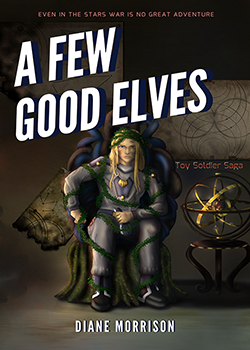
Want to read all of the Toy Soldier Saga fiction, even before the rest of the world does?Subscribe now!
Làgùpek Nyn RRygnódek / ᛚᚪᚷᚮᛈᛖ ᚾᛠᚾ ᛨᛠᚿᛟᛞᛖ / ˈlægʊpek nin riˈɳodek / "Brothers in Arms"
Type
Military, Navy
Demonym
Soldier/Sailor/Marine
Leader Title
Parent Organization
Location
Related Ethnicities
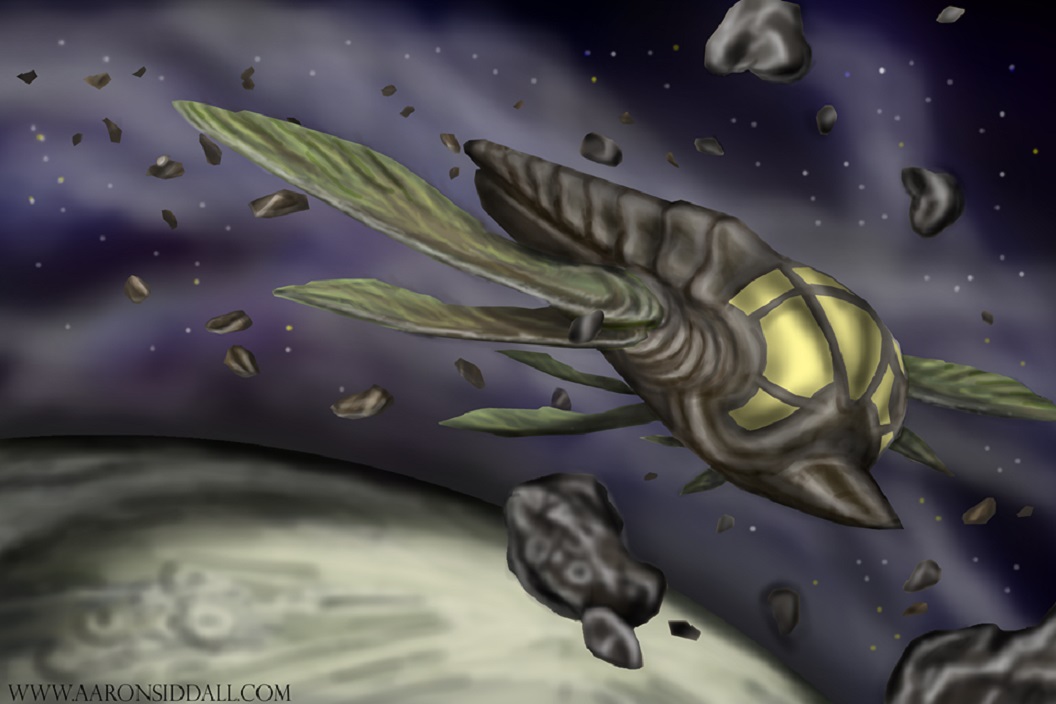
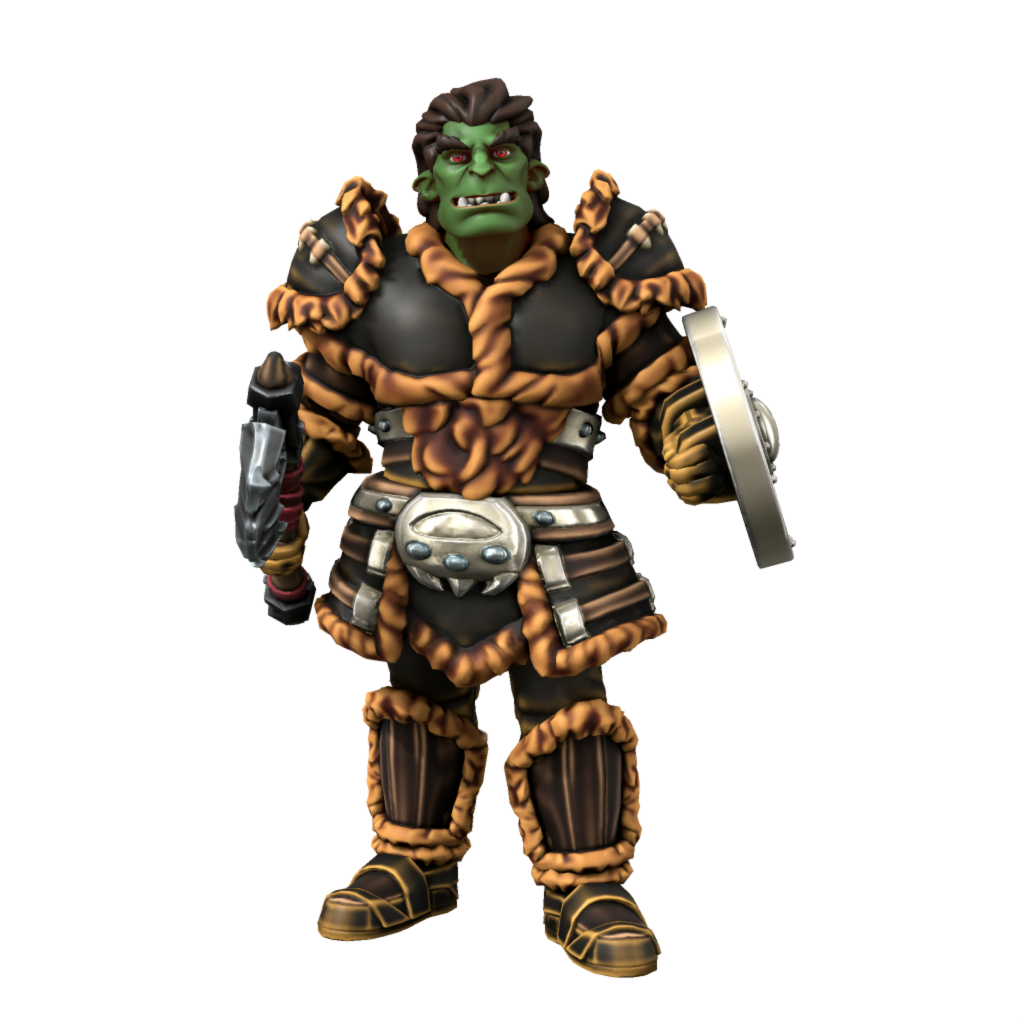
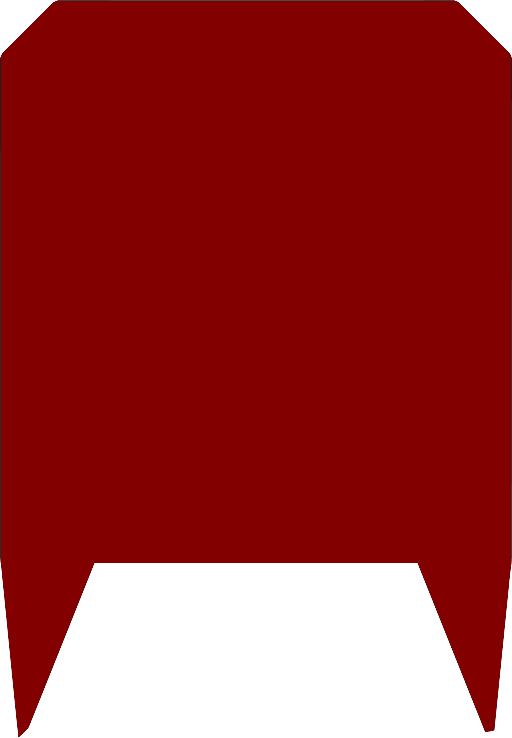

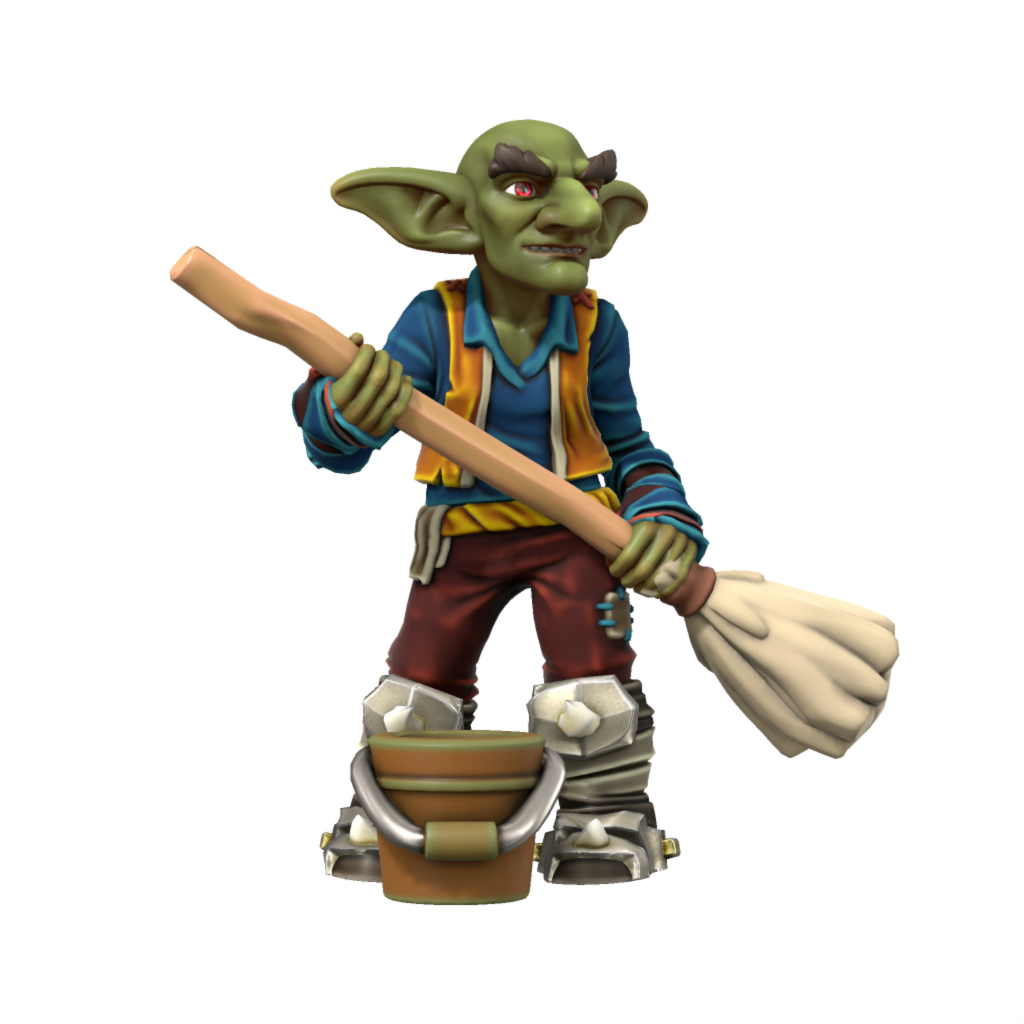
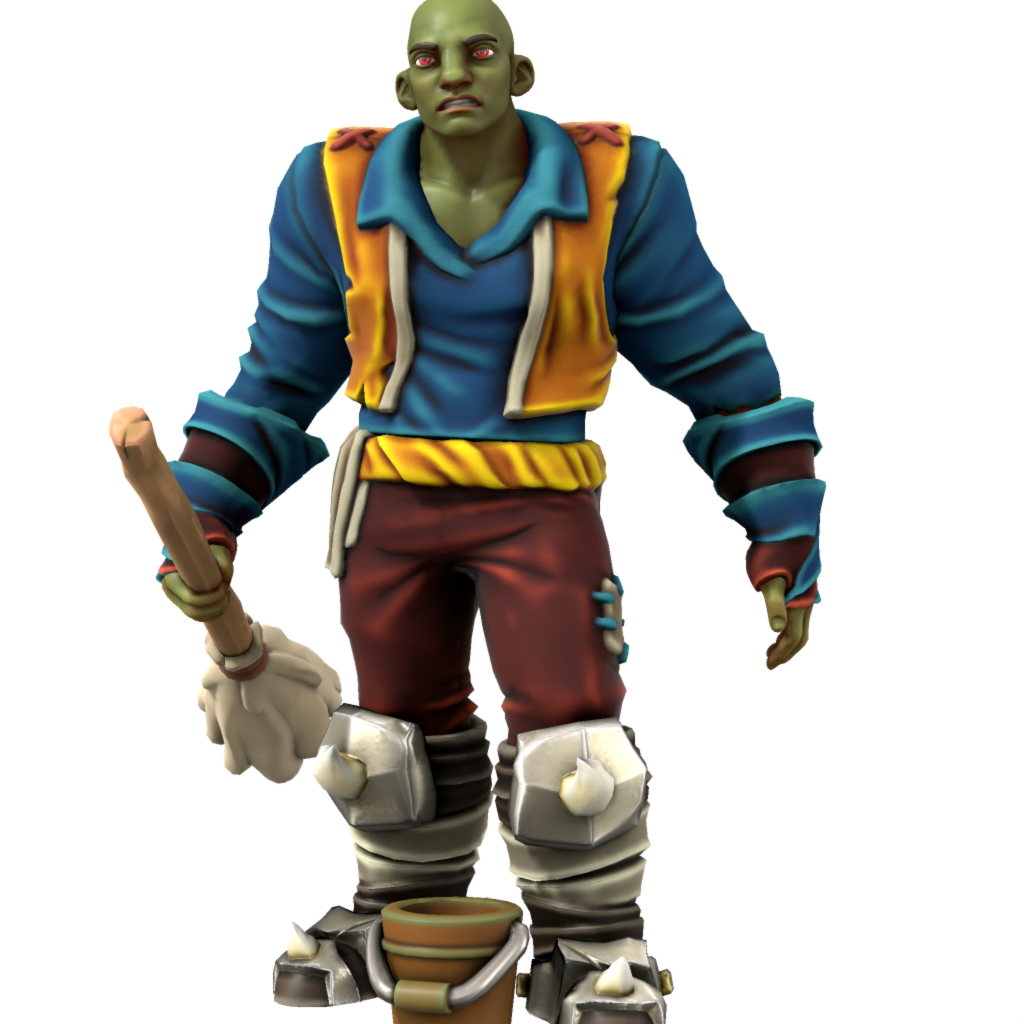
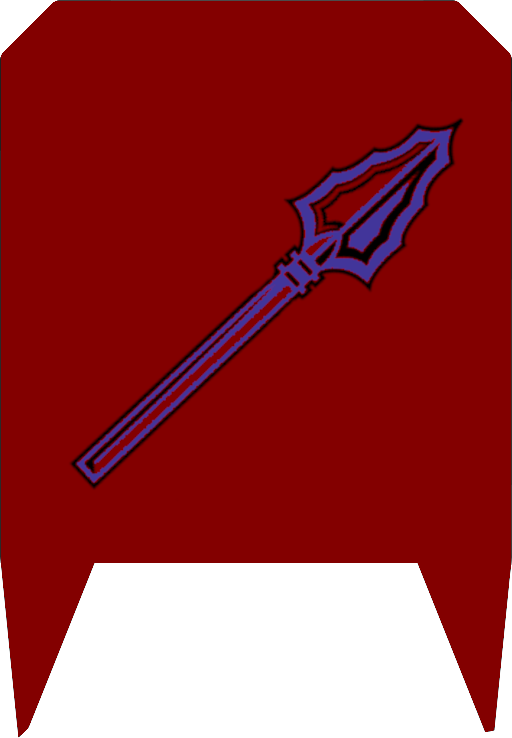

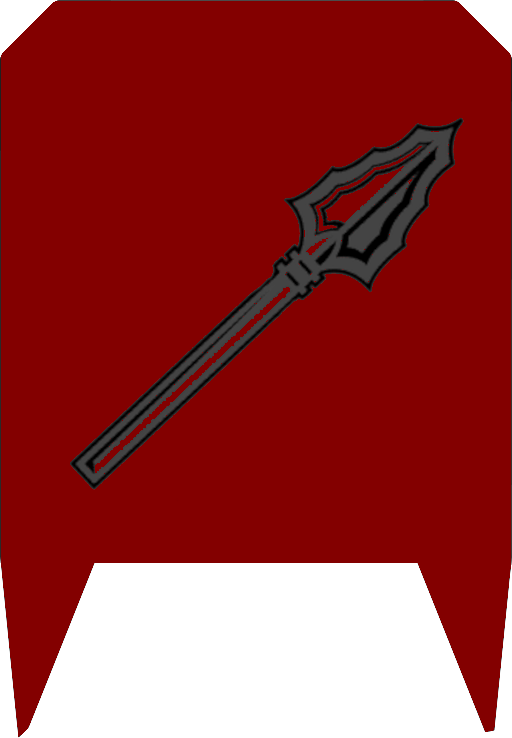
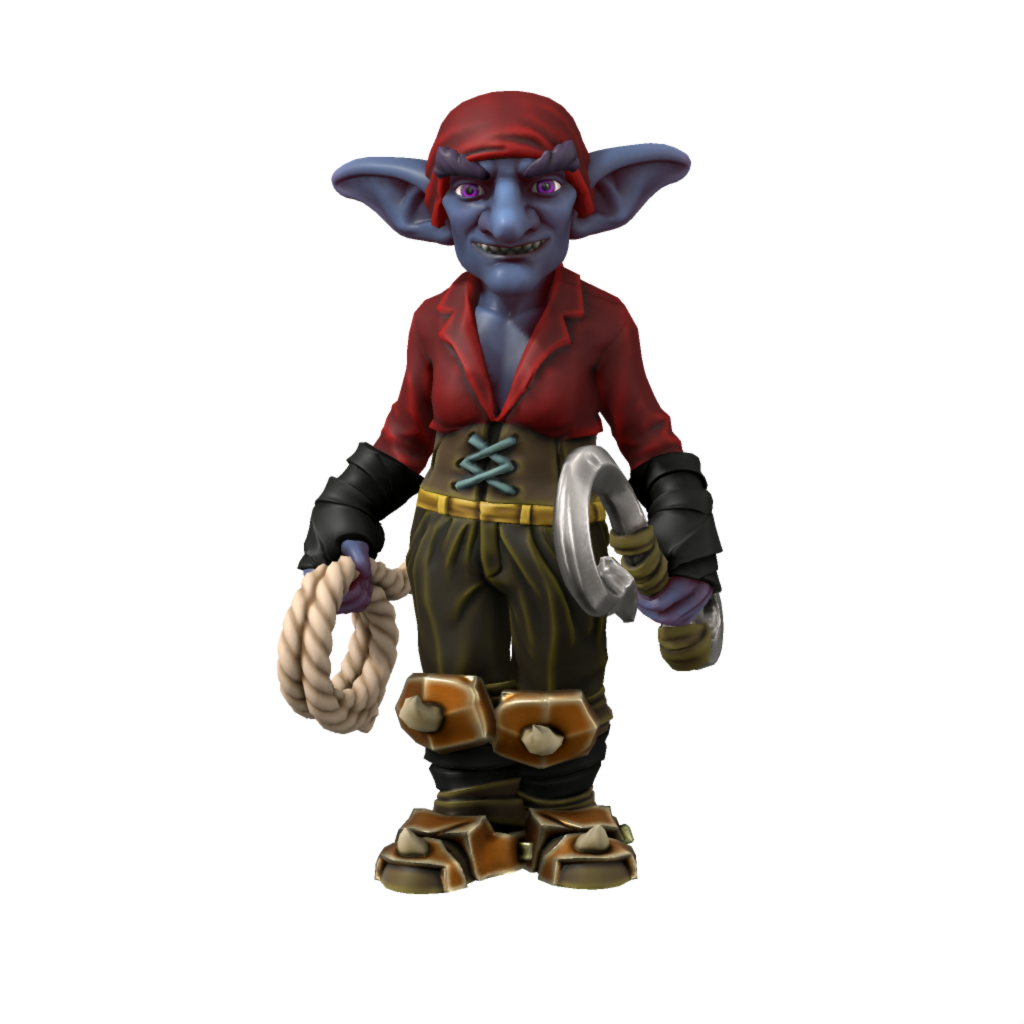


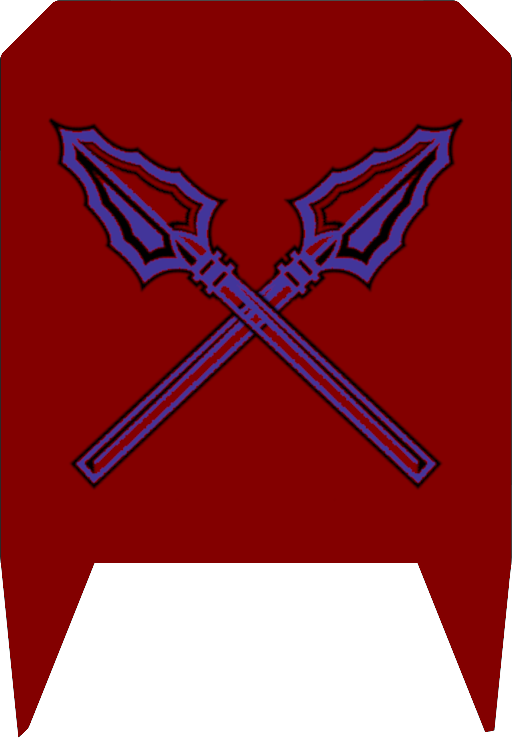
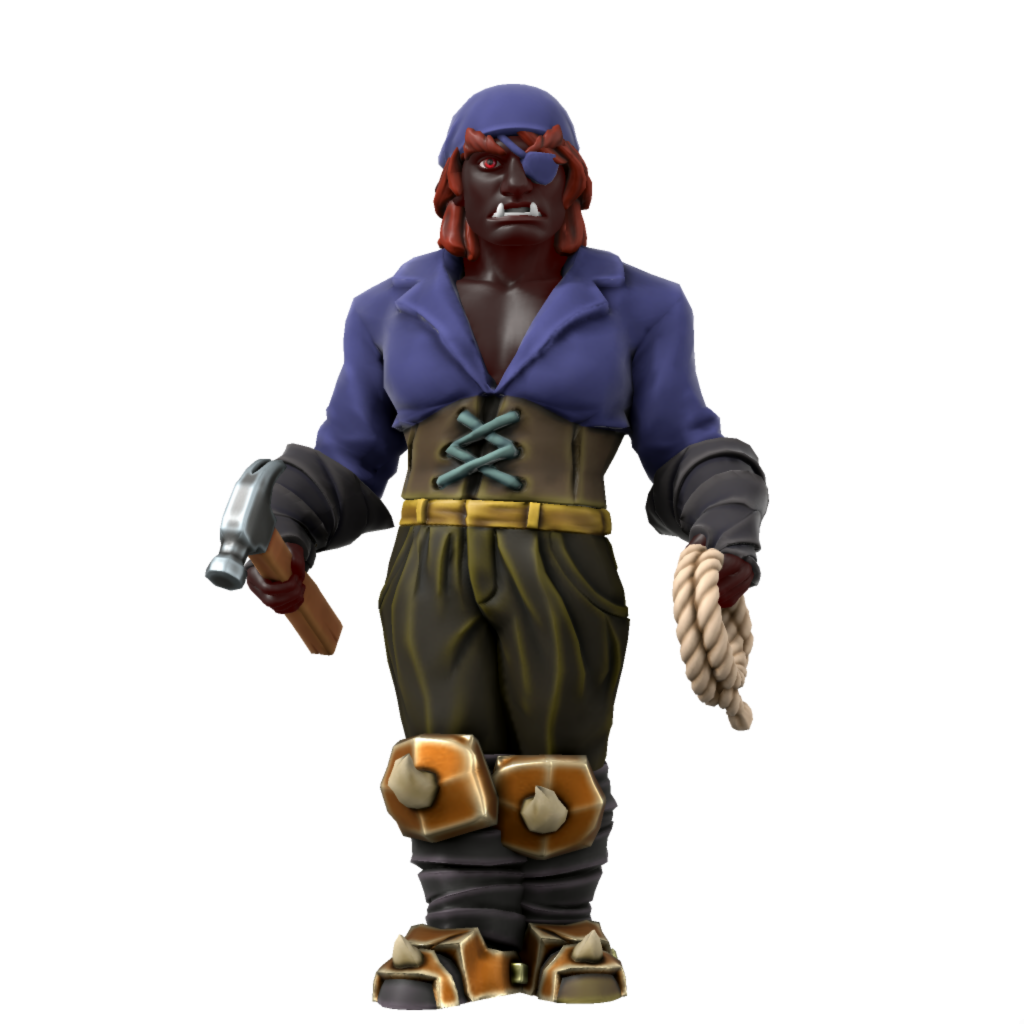


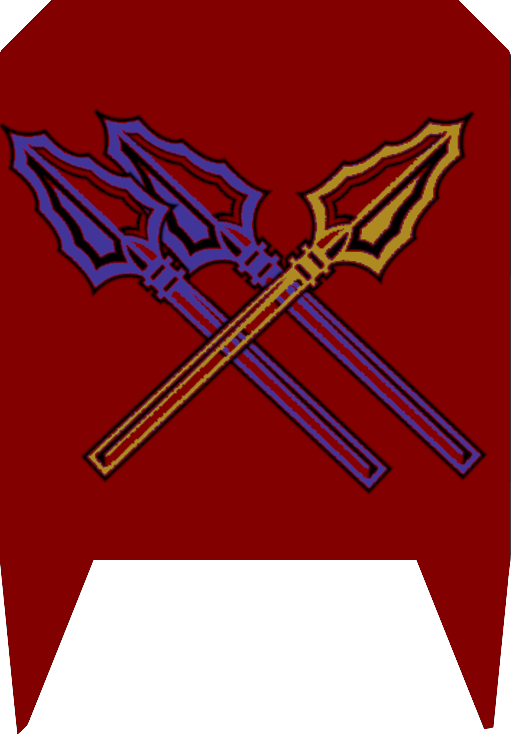
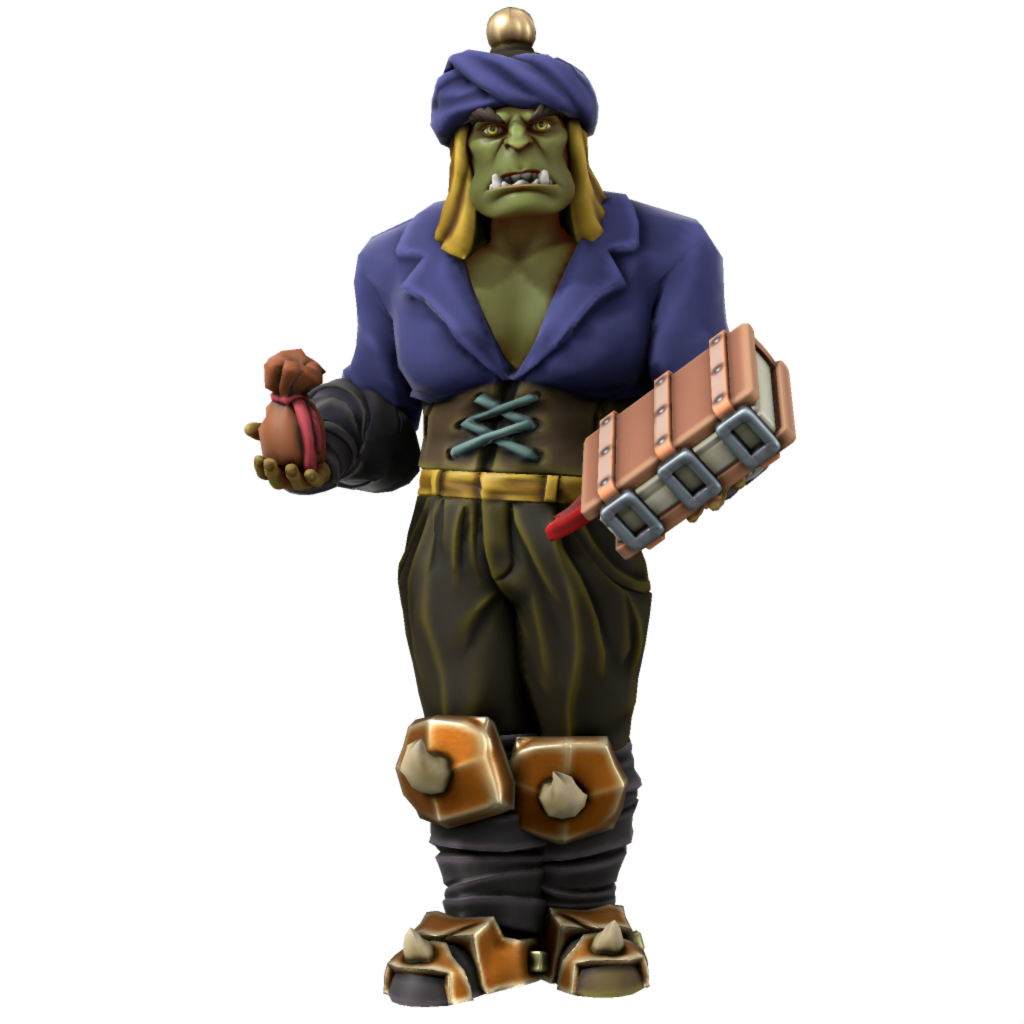
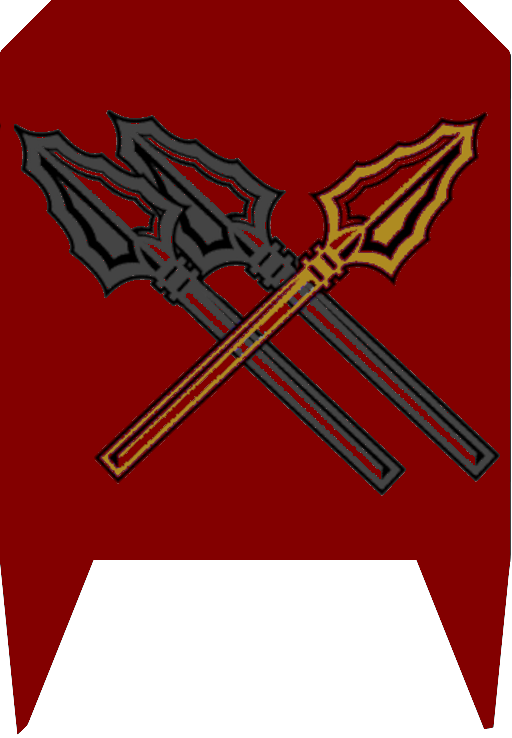
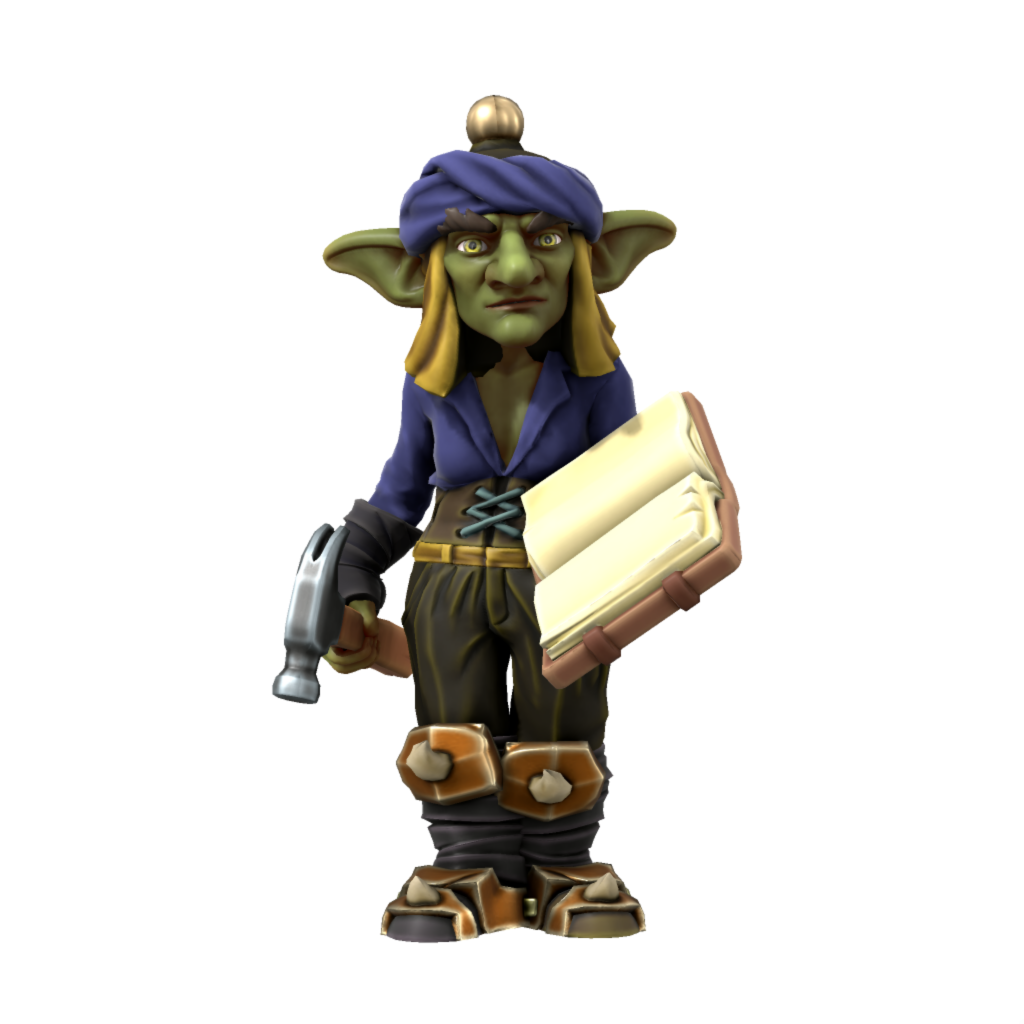


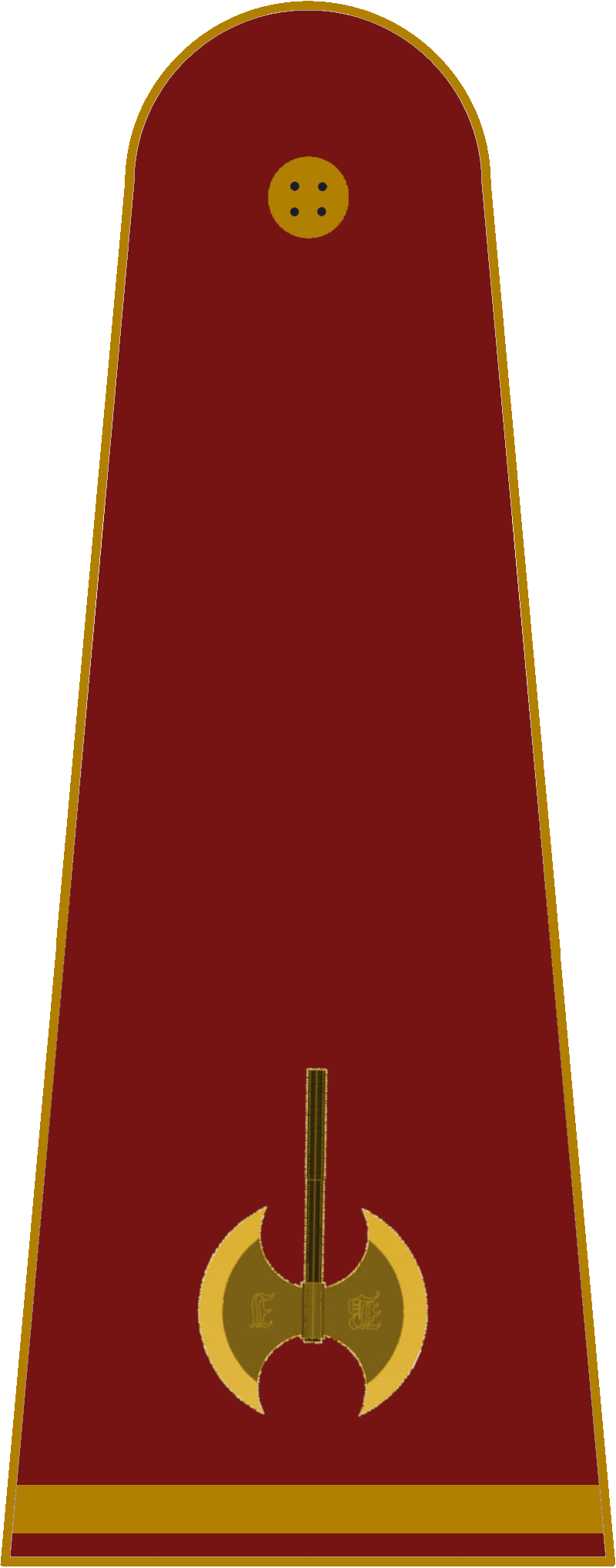

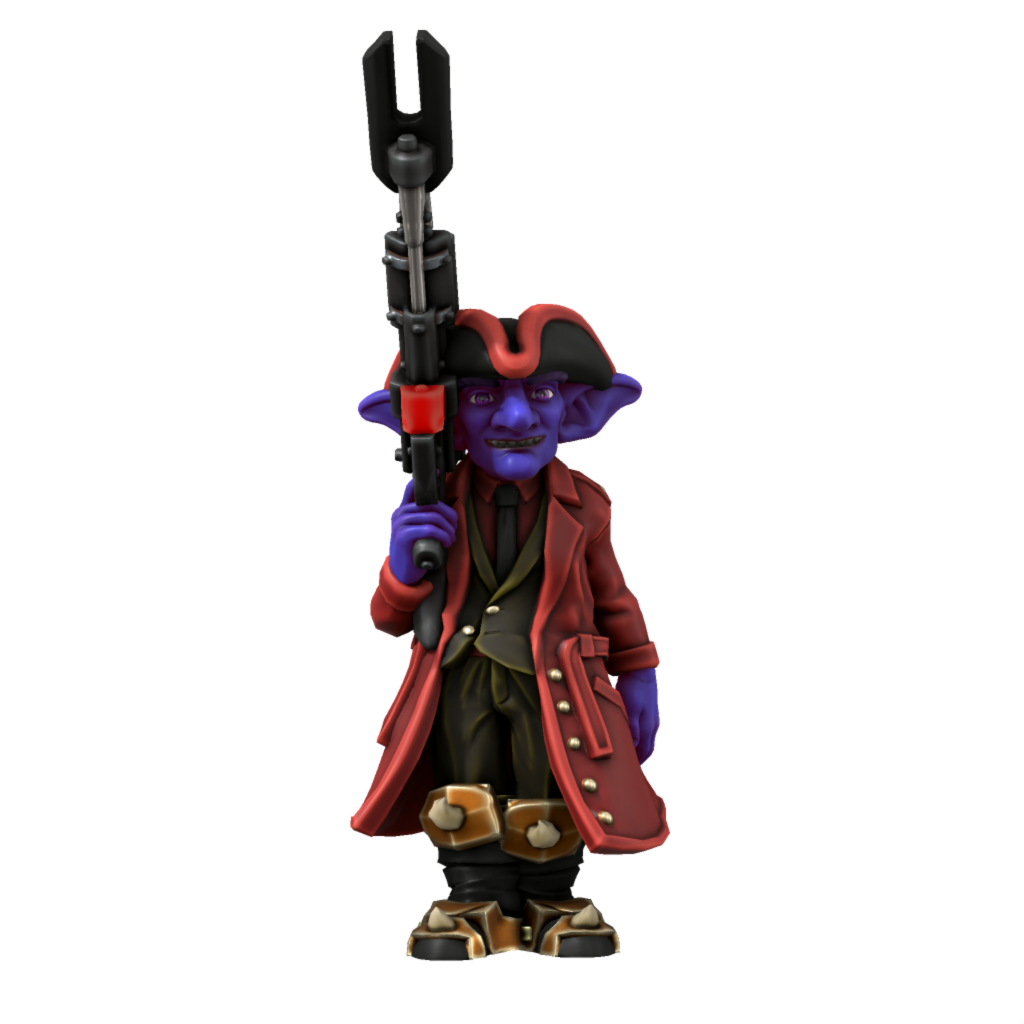
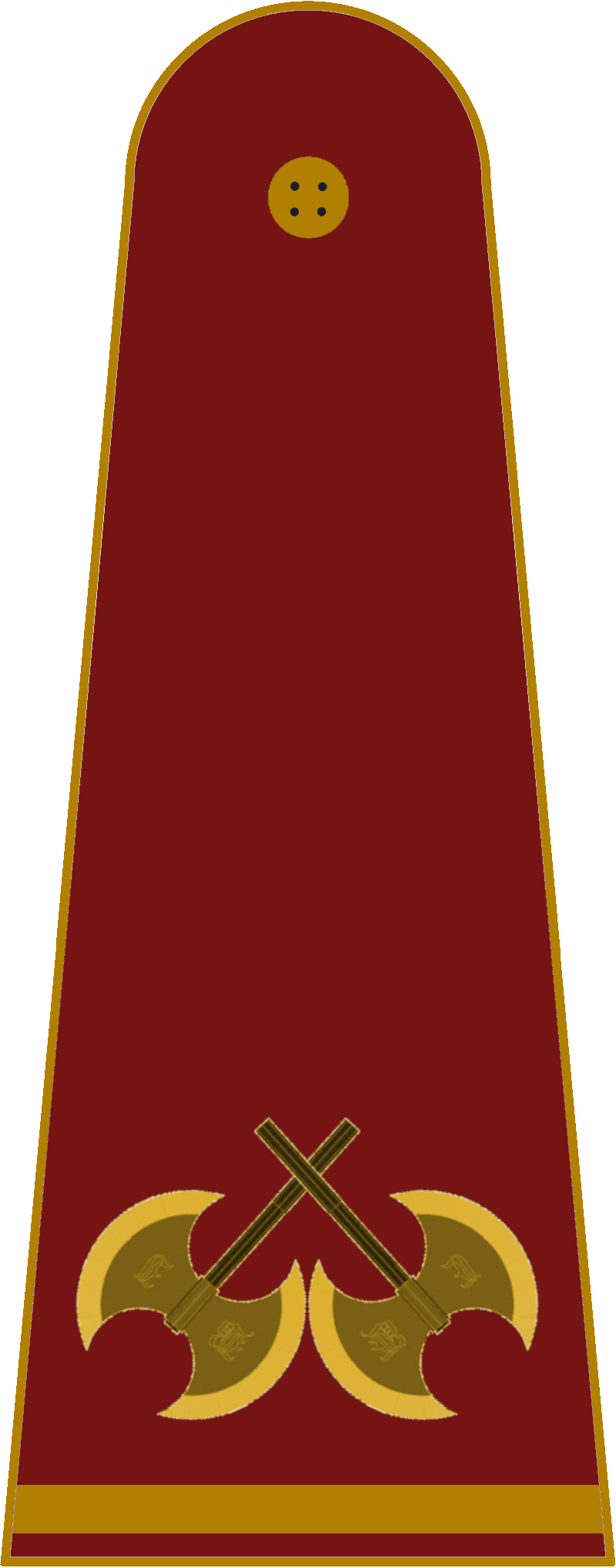
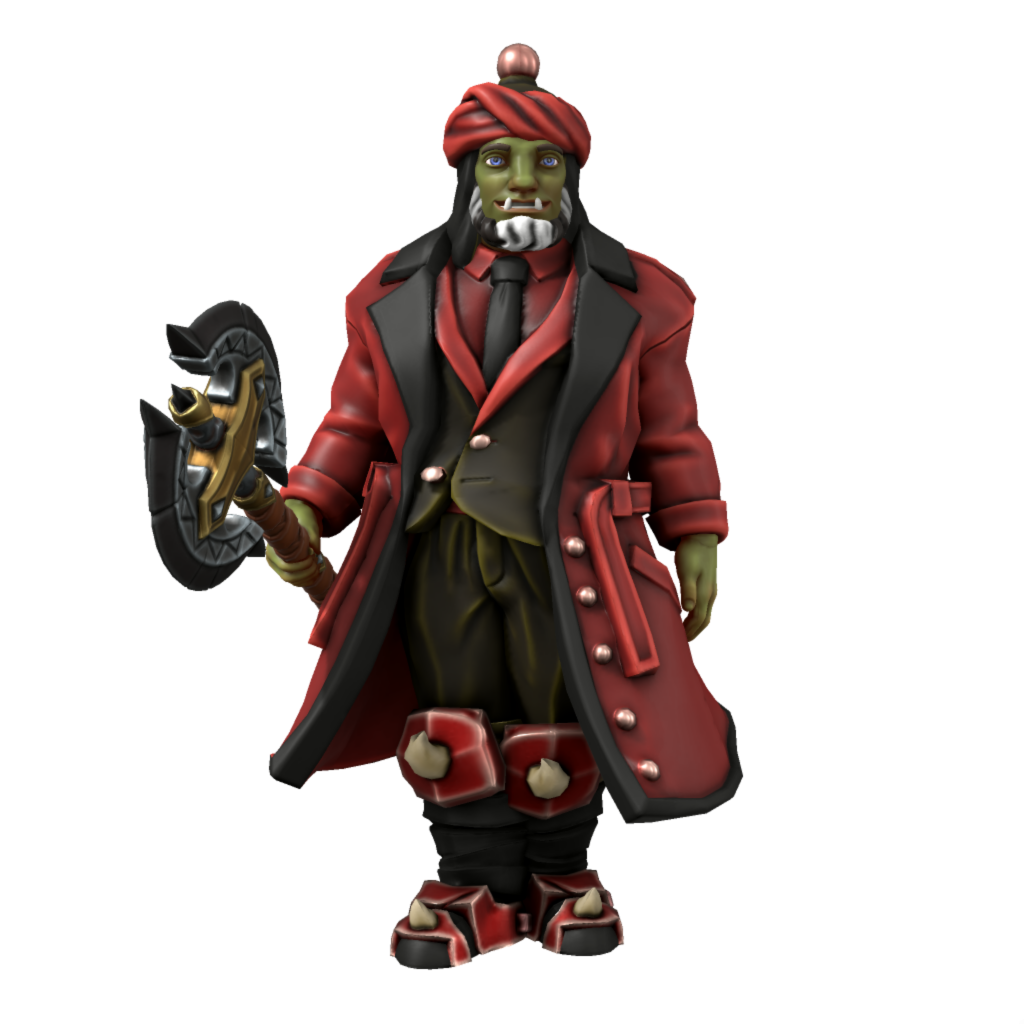
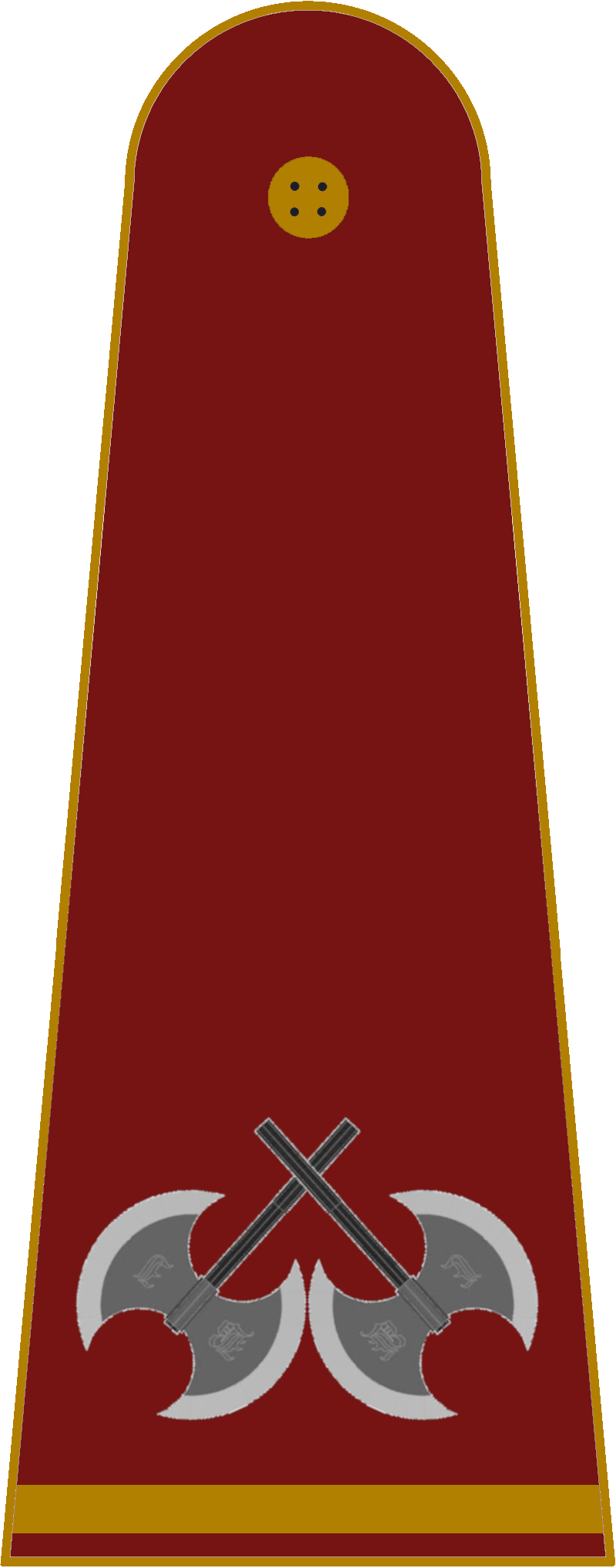

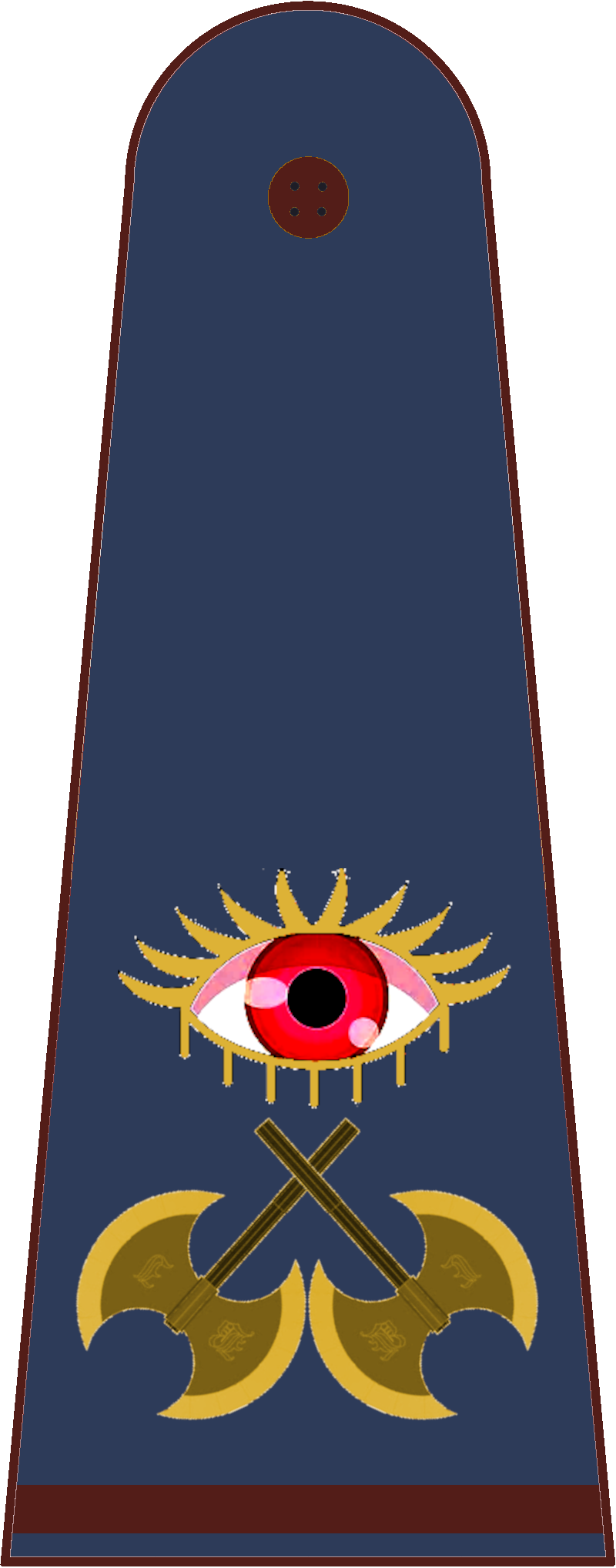


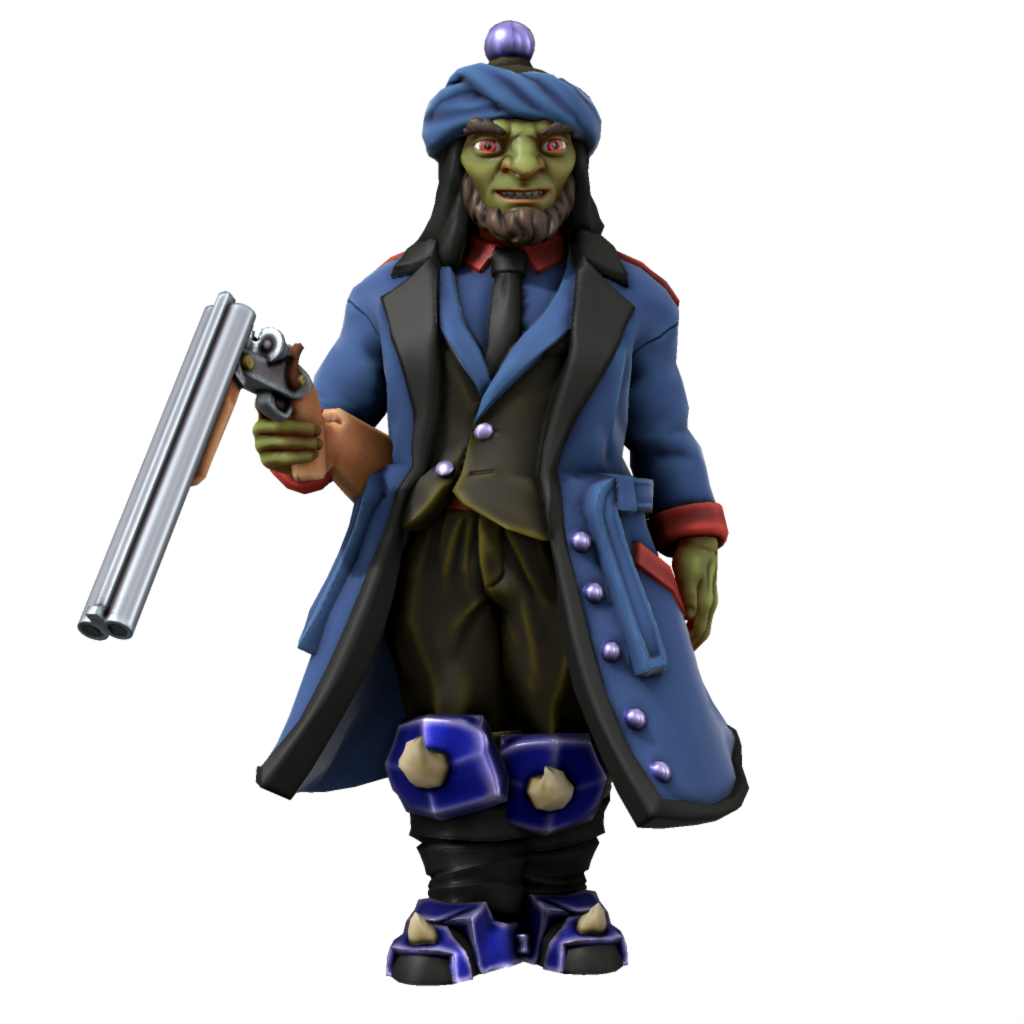
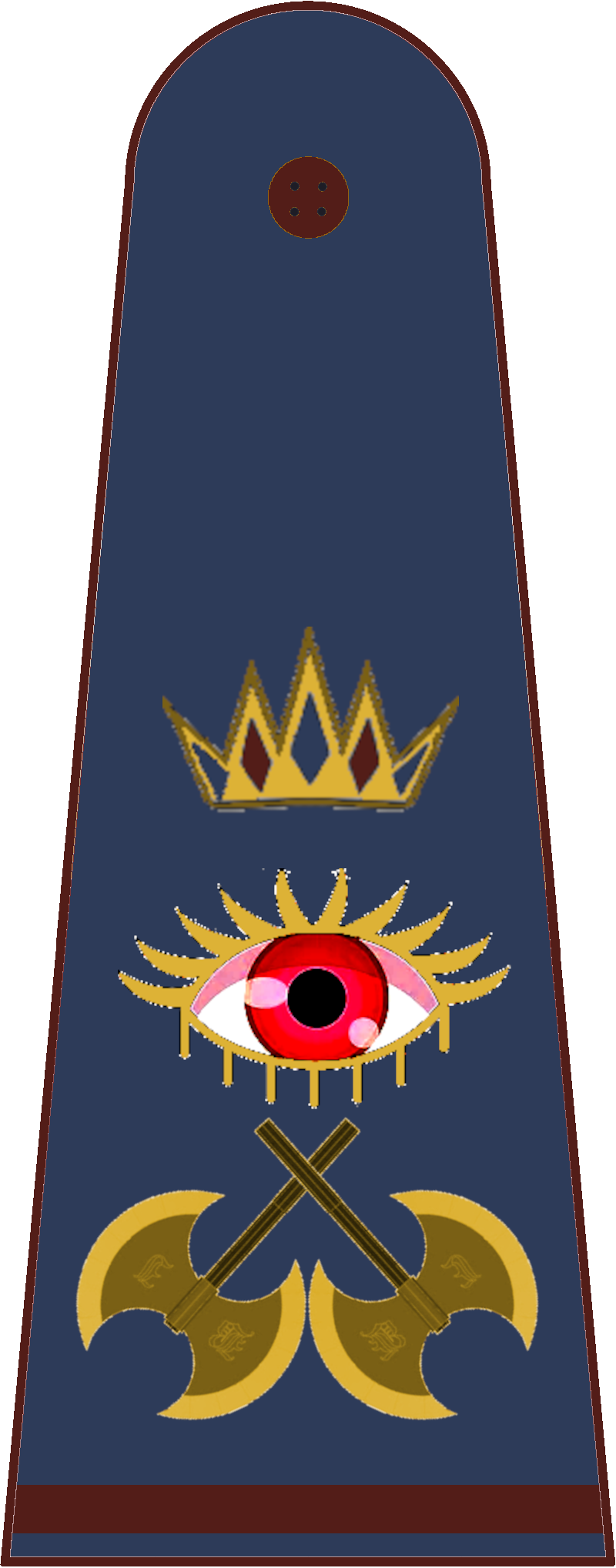
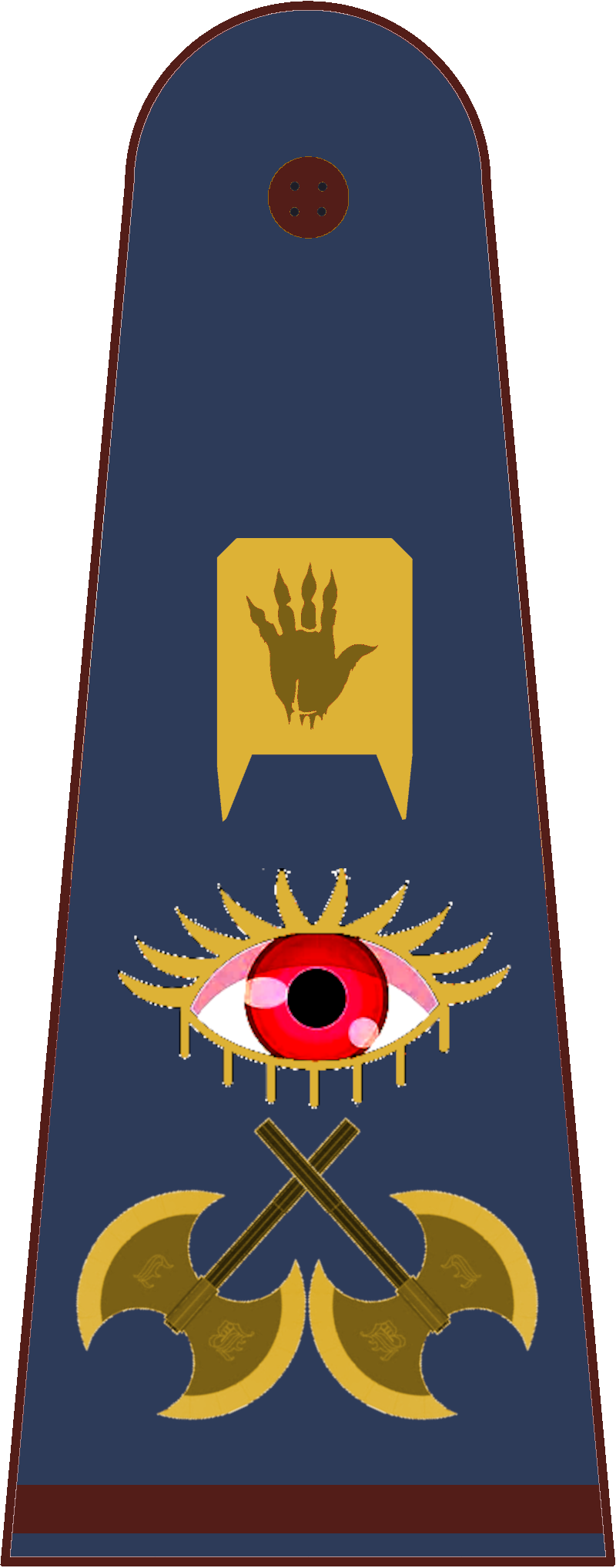




Comments